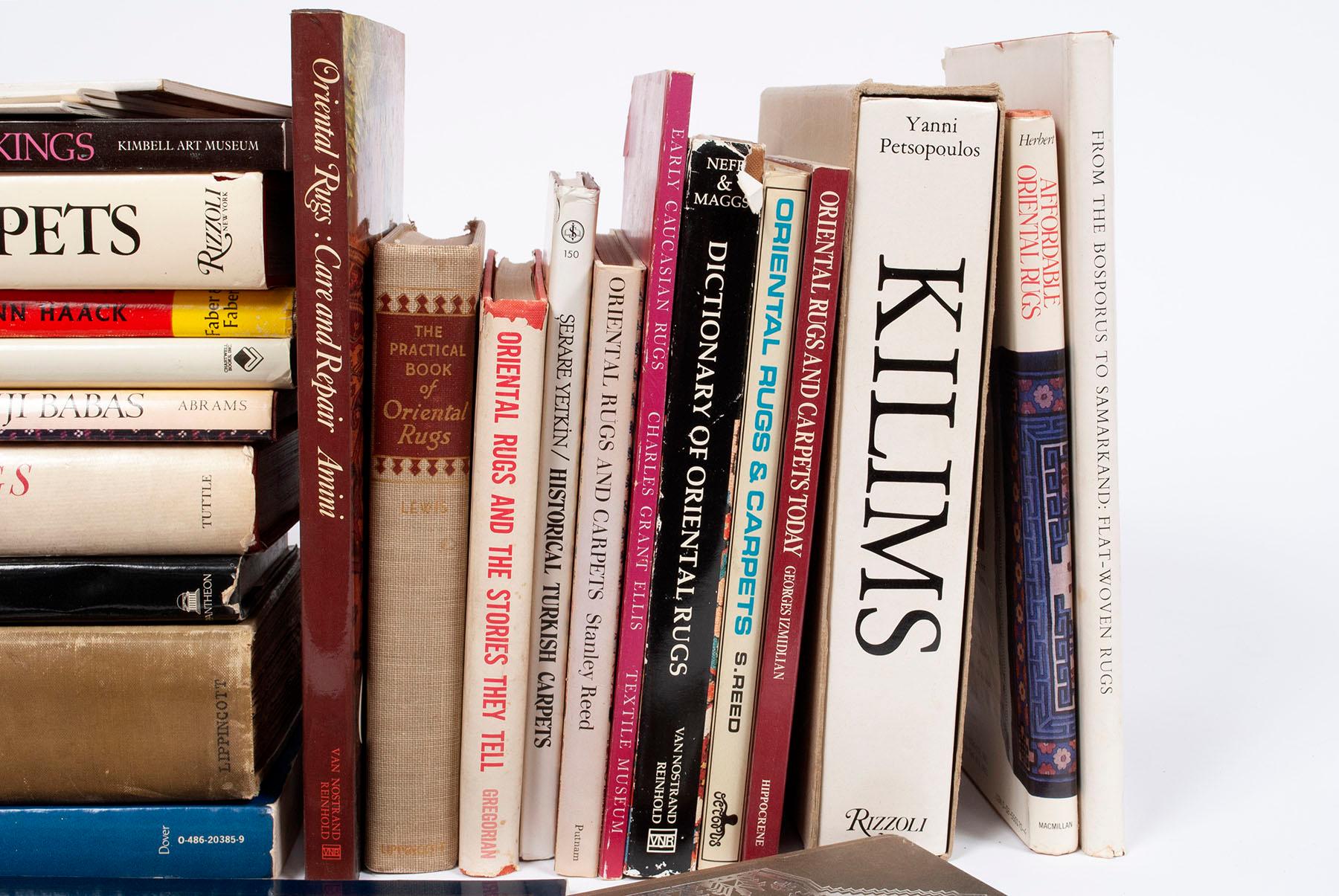Do you want a stunning rug that can make any room more elegant and charming? You might like a Persian Mashhad rug. These rugs are famous for their fantastic artistry, rich history and cultural meaning. In this guide, we will tell you everything about Persian Mashhad rugs. You will learn where they come from, what they look like, and why they are valuable.
What are Mashhad Rugs?
Mashhad rugs come from the city of Mashhad in Iran. It is the third-largest city in Iran and one of the holiest places for Shia Muslims. Mashhad is also a center of art and culture. Many master weavers have made some of the finest Persian rugs there for centuries.
Mashhad rugs are hand-knotted with high-quality wool and silk. They feel soft and luxurious. Some rare rugs have silk highlights that make them more shiny and beautiful. Mashhad rugs have many knots, from 120 to 475 per square inch. This shows their durability and detail.
The Origin of Mashhad Rugs
The history of Mashhad rugs goes back to the 16th century. The Safavid dynasty ruled Iran then and supported the art of carpet weaving. Mashhad became a major place for making rugs, along with other cities like Isfahan, Tabriz, Kerman, Nain and Qom. Mashhad rugs were influenced by the styles and techniques of these regions. But they also had their own features and motifs.
Mashhad rugs were very popular and high-quality in the 19th and early 20th centuries. They were exported to Europe, America and other parts of the world. They were admired for their elegance and sophistication. They often decorated the palaces and mansions of the rich and the noble. Mashhad rugs are still made today, but in smaller numbers and with lower standards.
The Materials and Quality of Mashhad Rugs
Mashhad rugs are made with the finest materials and craftsmanship. They show their value and prestige. The main material for Mashhad rugs is wool. It comes from local sheep and goats. The wool is washed, spun, dyed and woven by skilled artisans. They use traditional methods and tools. The wool is often mixed with silk. This adds softness and luster to the rugs. Some Mashhad rugs are all silk. They are more expensive and rare.
The quality of Mashhad rugs is shown by their knot density. It measures the number of knots per square inch. The more knots, the more detailed and durable the rug. Mashhad rugs have many knots, from 120 to 475 per square inch. This is similar to other fine Persian rugs. Mashhad rugs also have a tight and even weave. This gives them a smooth and uniform surface.
What are the Characteristics of Mashhad Rugs?
Mashhad rugs have a signature design. It has a large central medallion with floral motifs and borders. The medallion is often oval or circular. It may have smaller medallions or cartouches inside it. The floral motifs include roses, lilies, vines, leaves and palmettes. The borders have multiple bands with geometric or floral patterns.
Mashhad rugs have a rich color palette. It has reds and blues, with cream, gold, and light blue. The reds go from deep burgundy to bright coral. The blues go from navy to turquoise. The colors come from natural dyes, such as madder root, indigo, walnut husk and pomegranate skin.
The Design and Pattern of Mashhad Rugs
The design and pattern of Mashhad rugs are influenced by the Persian and Islamic art and culture. They are also influenced by the local environment and traditions. The most common and special feature of Mashhad rugs is the central medallion. It represents the dome of a mosque or a shrine. The medallion is decorated with floral and geometric motifs. They symbolize the garden of paradise and the unity of God. The medallion is also surrounded by smaller medallions or cartouches. They may have inscriptions or verses from the Quran.
The floral motifs that fill the field and the borders of Mashhad rugs are inspired by the natural beauty and variety of Iran. The roses, lilies, vines, leaves and palmettes are stylized and abstracted. But they are still realistic and recognizable. The floral motifs also show a sense of harmony and balance. They are arranged symmetrically and proportionally. The floral motifs also have a spiritual meaning. They represent the divine qualities and gifts of God.
The borders of Mashhad rugs are also complex and detailed. They frame and match the central design. The borders usually have three or more bands. They have different widths and patterns. The main border is the widest and the most ornate. It often has floral and geometric motifs that repeat the medallion. The inner and outer borders are narrower and simpler. They often have repeating patterns of flowers, vines, stars or zigzags.
The Color and Dye of Mashhad Rugs
The color and dye of Mashhad rugs are also influenced by the Persian and Islamic art and culture. They are also influenced by the local resources and techniques. The colors of Mashhad rugs are rich and bright. They create a striking contrast and harmony. The most dominant colors are red and blue. They have a symbolic and aesthetic meaning. Red means fire, passion, courage and love. Blue means water, sky, peace and wisdom. These colors also reflect the Iranian flag and the Shia faith. They are important parts of Mashhad's identity and history.
The colors of Mashhad rugs also come from natural sources. They are plants, minerals and insects. The natural dyes are made and used by skilled dyers. They use ancient recipes and methods. The natural dyes are more lasting and eco-friendly than synthetic dyes. They also make more subtle and varied shades. Some of the natural dyes for Mashhad rugs are:
- Madder root: A plant that makes reds, from pink to burgundy.
- Indigo: A plant that makes blues, from light to dark.
- Walnut husk: A plant that makes browns, from beige to chocolate.
- Pomegranate skin: A plant that makes yellows, from lemon to gold.
- Cochineal: An insect that makes reds, from coral to crimson.
Why Choose Mashhad Rugs?
Mashhad rugs are among the most wanted and valuable Persian rugs in the world. They are loved for their beauty, artistry and intricate design. They are also loved for their quality, durability and sophistication. Mashhad rugs can make any room more elegant and charming. They can also be an investment. They may increase in value over time.
The Beauty and Elegance of Mashhad Rugs
Mashhad rugs are known for their beauty and elegance. They can make any room more warm and graceful. Mashhad rugs have a classic and timeless design. It can fit any style and taste. Mashhad rugs have a rich and bright color scheme. It can make a stunning contrast and harmony. Mashhad rugs have a soft and luxurious texture. It can provide comfort and coziness.
Mashhad rugs are also known for their versatility and adaptability. They can fit any size and shape of space. Mashhad rugs come in various sizes, from small to extra large. They are often made in larger sizes, but smaller pieces can also be found. Mashhad rugs are good for living rooms, dining rooms, bedrooms and hallways. They can make a warm and inviting atmosphere.
The Value and Investment of Mashhad Rugs
Mashhad rugs are also known for their value and investment. They are rare and precious. Mashhad rugs are made with the finest materials and craftsmanship. They show their quality and durability. Mashhad rugs are also hand-knotted. This means that each knot is tied by hand. This makes them unique and original. Mashhad rugs are also influenced by the history and culture of Mashhad. This gives them a deeper meaning and significance.
Mashhad rugs are also very collectible and desirable. They are among the most popular and prestigious Persian rugs in the world. Mashhad rugs are often sold at auctions and galleries. They have high prices and attract many buyers. Mashhad rugs are also an asset. They may increase in value over time, especially if they are well-kept and preserved.
Mashhad rugs amaze with their great craftsmanship, intricate designs, and fascinating history. These prized rugs, made with top-quality materials and using traditional techniques, show the artistry and cultural heritage of the region. Whether you are a collector or appreciate the timeless beauty of these rugs, Mashhad rugs are loved worldwide as lasting symbols of Persian rug-making excellence.
















































Leave a comment